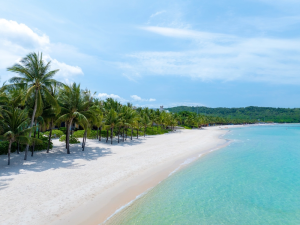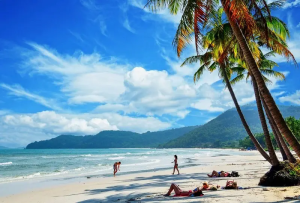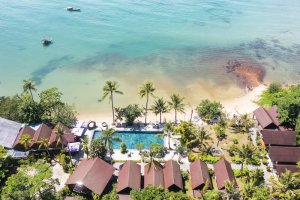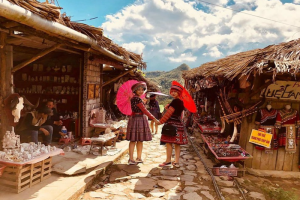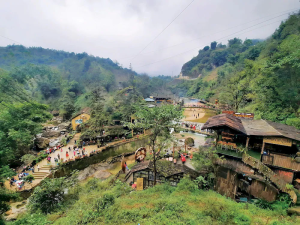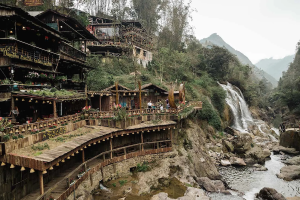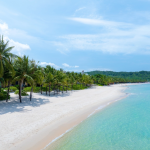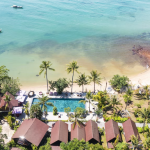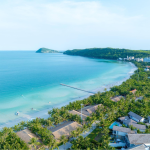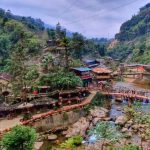Dong Thap is located in the Mekong Delta, where the Tien River enters Vietnam and shares a border with Cambodia. The provinces that border Dong Thap include Long An, Tien Giang, Vinh Long, Can Tho, and An Giang. Cao Lanh City is the provincial capital of Dong Thap, which also includes two other cities, Sa Dec and Hong Nghi, and nine districts.
Dong Thap is located in the tropical monsoon climatic zone, with two different seasons each year: the rainy season and flood season, which lasts from mid-May to November (the height of the wet season is often September to mid-October), and the dry season. Still hot season) runs from late December until the end of April the following year.
Dong Thap is notable for its lotus ponds, which are part of the old Dong Thap Muoi area.
Transportation

Dong Thap has yet to get an airport. Visitors should travel to Ho Chi Minh City or Can Tho before embarking on a road trip.
The trip from Ho Chi Minh City to Cao Lanh City (Dong Thap) takes around 3 hours and covers roughly 145 kilometers. The distance between Can Tho and Cao Lanh is 85 kilometers, with a travel duration of around 1 hour 45 minutes.
Passenger buses from Ho Chi Minh City to Dong Thap depart from the Mien Tay bus station and various sites across the city. Popular bus companies include Phuong Trang, Tam Nong, Tai Loi, Quang Phat, and Kim Cuong. Ticket rates range between 80,000 and 100,000 VND, depending on the time of booking and the bus provider.
Tourists can also travel by canal on the Hau River between Can Tho and Dong Thap, passing through the wharves at Bang Tang-Cai Dua, Ba Gua-Vinh Thoi, Tan Loc-Tan Thanh, Tan Loc-Cai Doi, and Bo Ot. Ferry hours are from 6:00 a.m. to 10:00 p.m. Ticket rates vary from 1,000 VND and 20,000 VND, depending on the mode of transportation.
Read more: Hue to Hoi An bus: All information for you
Hotels and homestays
Hotels in Dong Thap are mostly concentrated in two main cities: Cao Lanh and Sa Dec. Room rates range from 300,000 to 700,000 VND. Thu Le, Tri Le, De Vuong, and Bao Ngoc are some of the highest-rated hotels on booking platforms.
Tourism destinations
Lotus Leaf Pagoda (Phuoc Kien Tu)
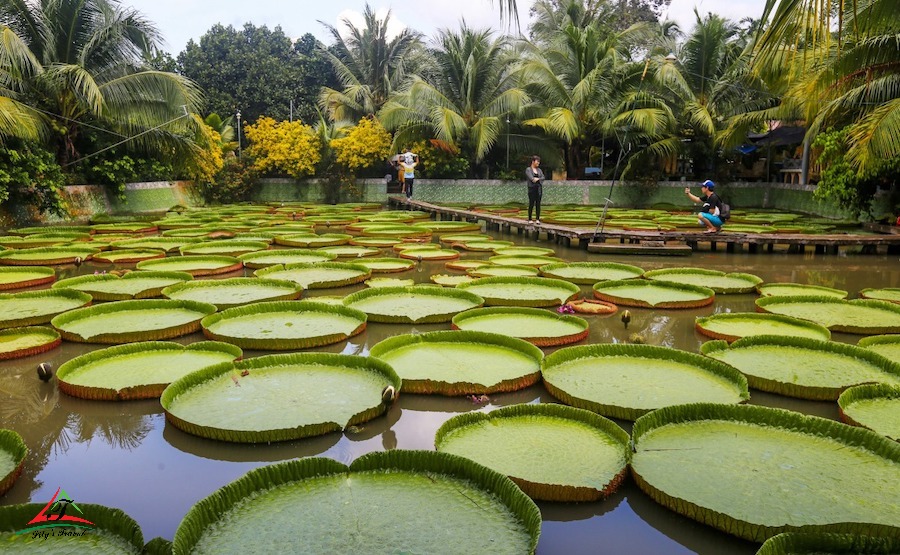
Phuoc Kien Pagoda, located in Chau Thanh district, is a popular tourist site because to its ponds filled with huge lotus leaves, each with a diameter of 2 to 3 meters. Visitors may snap photographs by stepping into the leaves, standing, or sitting. Lotus leaves can sustain weights of up to 140 kg.
Visitors can visit the lotus pond for free, but if they want to sit on the lotus leaf to take pictures, there is a service that will set a wooden board on the leaf and shoot images for 30,000 VND per visit. Many residences along the path have signs that read “Send the car to the temple,” providing motorbike taxi service to transport people there. Visitors arriving by automobile should approach the bridge before parking, although motorcycles can cross it into the temple yard. The lake sits in front of the little pagoda. Visitors who turn to the right will arrive at a big lake with several enormous lotus leaves.
Read more: Dong Thap Tourism: Travel Guide (Part 2)
Tram Chim National Park
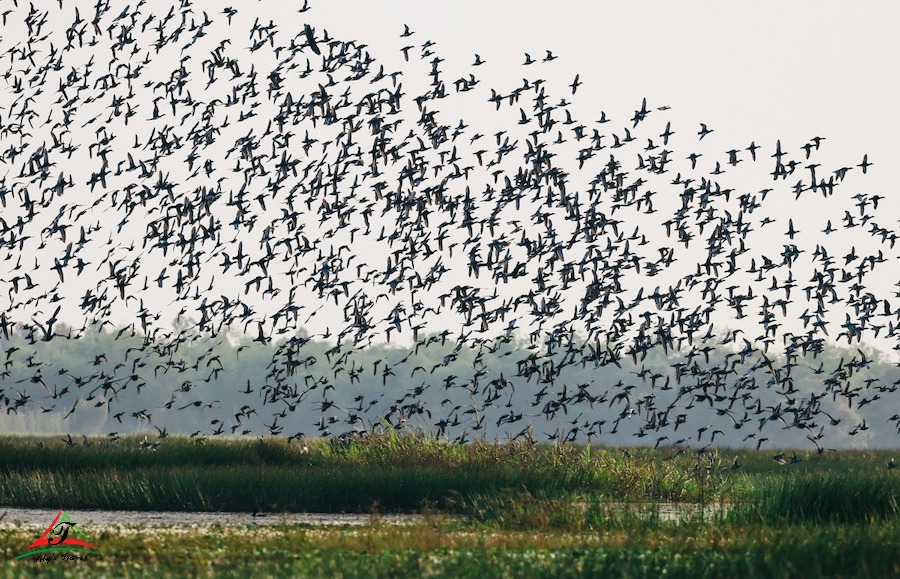
Tram Chim National Park, in Tam Nong district, is home to approximately 230 bird species, including 32 rare and 16 red-listed species. Tram Chim was named the world’s 2,000th Ramsar site (a wetland of international significance) in 2012, and Vietnam’s fourth. This is also a conservation area for red-crowned cranes.
Every year in February, the greatest time to visit Tram Chim is when the birds return. Visitors might arrive via motorboat or tugboat. There are two travel routes, 12 and 21 kilometers long, with durations of 1.5 and 3 hours, respectively. Along the walk, visitors will view small Dong Thap Muoi surrounded by melaleuca trees, grass fields, ghost rice fields, and lotus fields. The floating water season lasts from August to November. Tram Chim offers tourist excursions that incorporate experiences such as catching fish, setting nets, installing roofing, and capturing mice.
Huynh Thuy Le ancient house
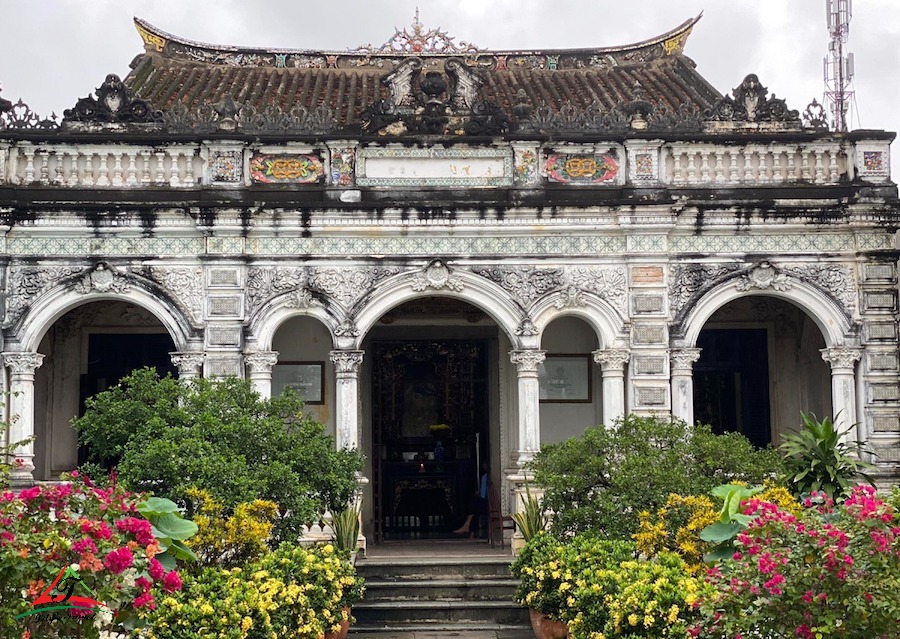
Huynh Thuy Le’s historic mansion, located in the heart of Sa Dec City on Nguyen Hue Street, is smaller than Binh Thuy’s in Can Tho. The average three-room house in the Southwest area is around 250 m2 in size, with expensive wood as the major material and a boat-shaped roof covered with yin and yang tiles. In comparison to the original, the home remains virtually completely intact, with various nooks for guests to snap wonderful shots.
In addition to the importance of integrating East and West architectural forms, the mansion is well-known for its association with the borderless love of a French lady and a wealthy Chinese-Vietnamese gentleman in the early twentieth century.
Kien An Cung Pagoda
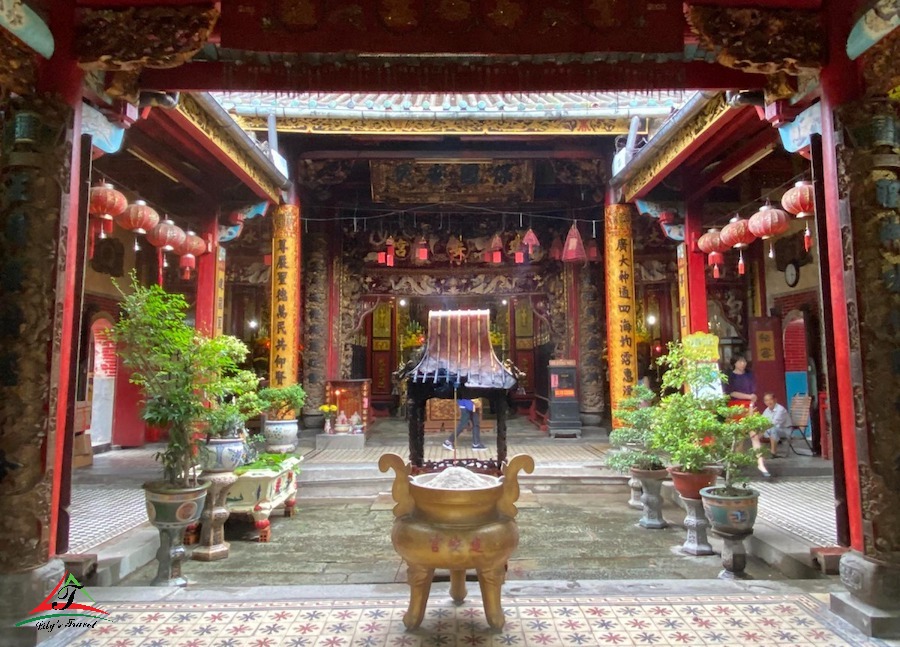
The pagoda, also known as Ong Quach Pagoda, is over 100 years old and built in a Chinese cultural architectural style. The pagoda has three sections: the East Hall, the West Hall, and the Main Hall. The roof is tiled in three sections: top, middle, and bottom. The tiles are covered with dragon waves, creating a five-element-inspired tile roof. Each end of the wave contains a small castle, totaling six. The entire pagoda is supported by a wooden beam rather than a truss. The walls include pictures from Journey to the West and Romance of the Three Kingdoms. The pagoda was listed as a national historical landmark in 1990, and it is open from 6:00 am to 6:00 pm every day.
Xeo Quyt tourist area
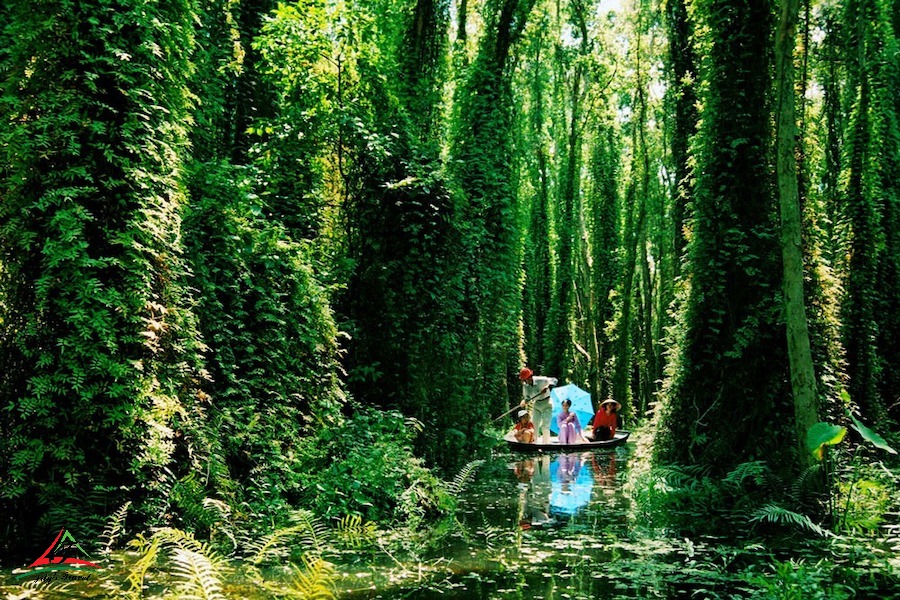
The Xeo Quyt relic site is an important location since it served as the base for the Kien Phong Provincial Party Committee (now Dong Thap) during the resistance battle against the United States from 1960 to 1975. Xeo Quyt is located 30 kilometers from Cao Lanh City and has easy access from both Cao Lanh and Sa Dec towns. It contains around 50 hectares, including 20 hectares of superb cajuput woods.
Visitors to Xeo Quyt’s historical and ecological relic site will feel as if they are stranded in an old forest with untamed natural surroundings. You may go to Xeo Quyt via either road or water. Visitors who enjoy weaving beneath the canopy of forest trees can take a walk along the relic’s distinctive 1.5-kilometer-long trail. Xeo Quyt, designated as a national historical monument in 1992, is a tourist attraction that pays homage to its roots, preserving vestiges of Dong Thap’s army and people’s struggle.
To be continued
The best Vietnam tour: Tour in Vietnam



